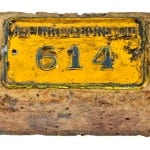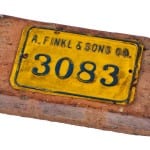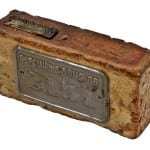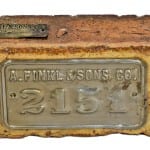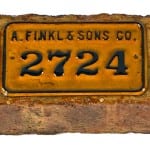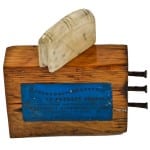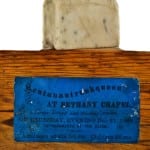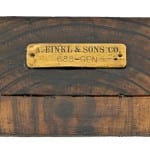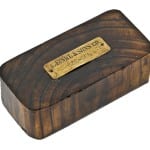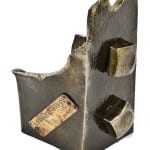assigning narratives to mundane objects destined to be scrapped or discarded as rubbish
This entry was posted on August 22 2015 by Eric
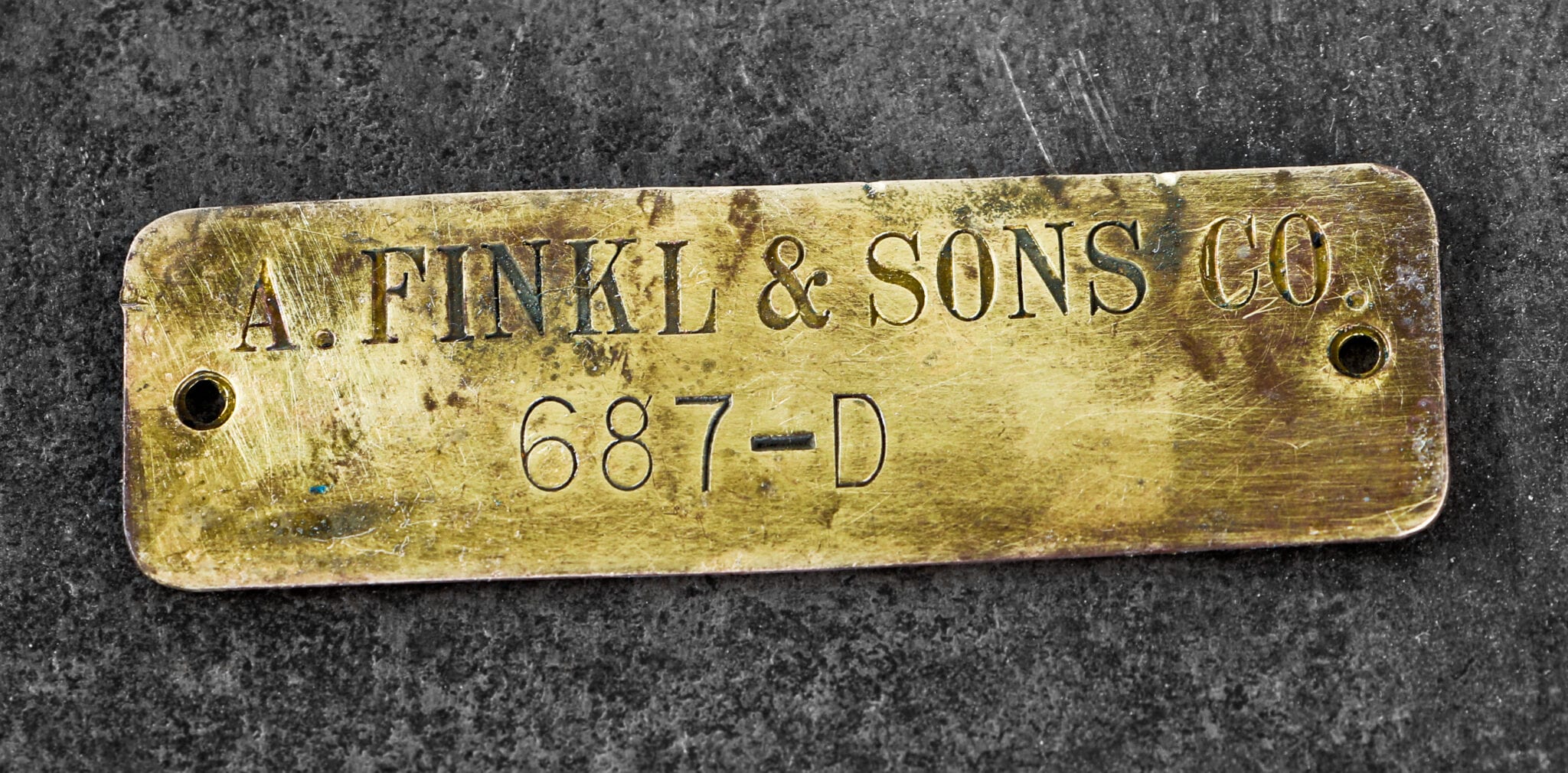
heneghan wrecking leveled the assemblage of finkl steel framed sheds and brick and mortar foundry buildings earlier this year. urban remains was fortunate to participate in the salvage, and managed to rescue an impressive catalog of distinctive artifacts and furniture that otherwise would have been scrapped or brought to the landfill. a reflection of our efforts can be viewed in both blog posts and artifacts available for sale through the urban remains website.

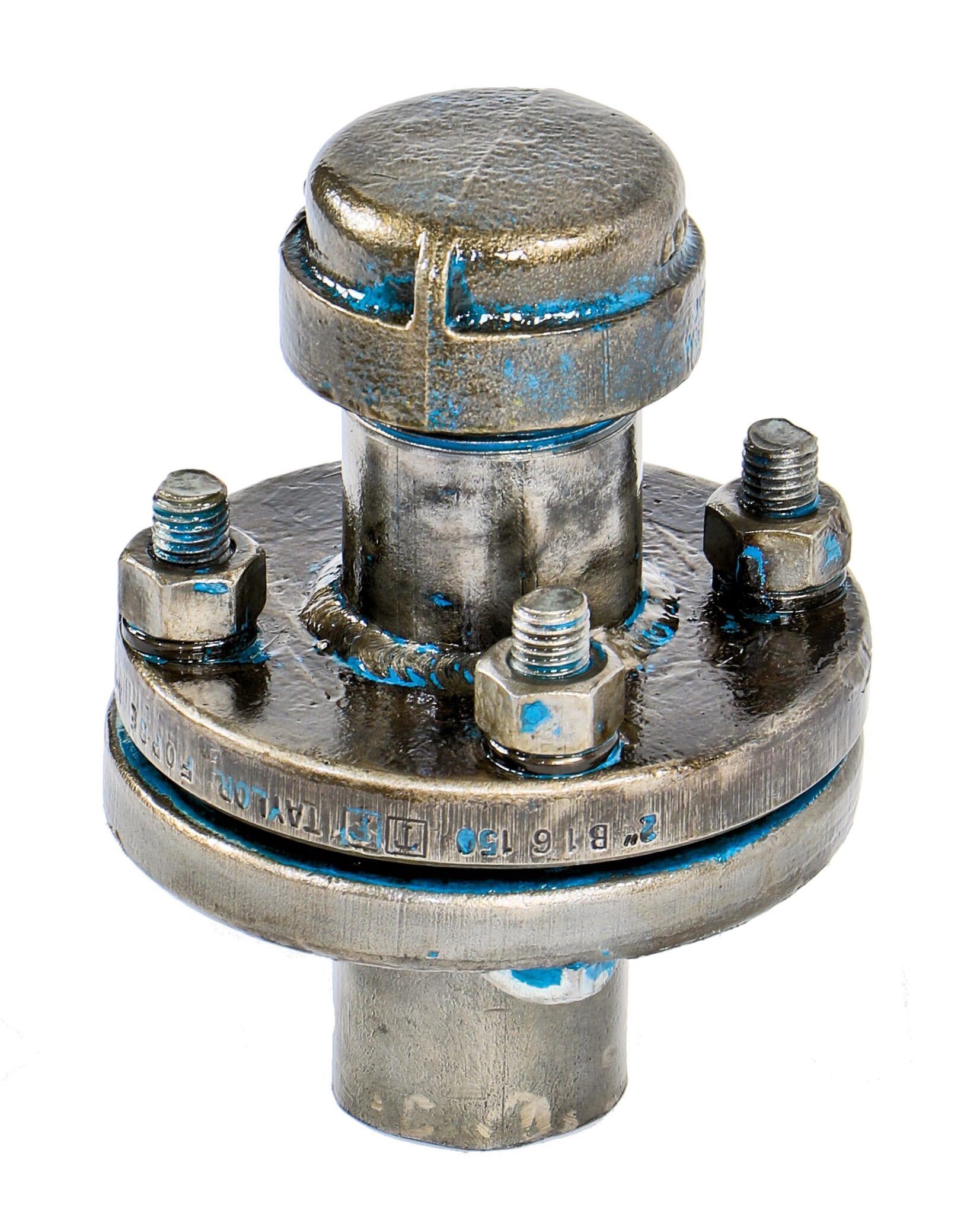
there are still quite a few "odds and ends" that were salvaged but never made available on the website. several seemingly mundane objects that were once a part of building structures were given an identity by the addition of stamped steel or incised brass tags. these plaques were originally riveted against large machinery throughout the foundry campus. perhaps they are a bit kitschy, but these artifacts were "repurposed" to have a connection to the the finkl foundry without necessarily demystifying what the objects are.
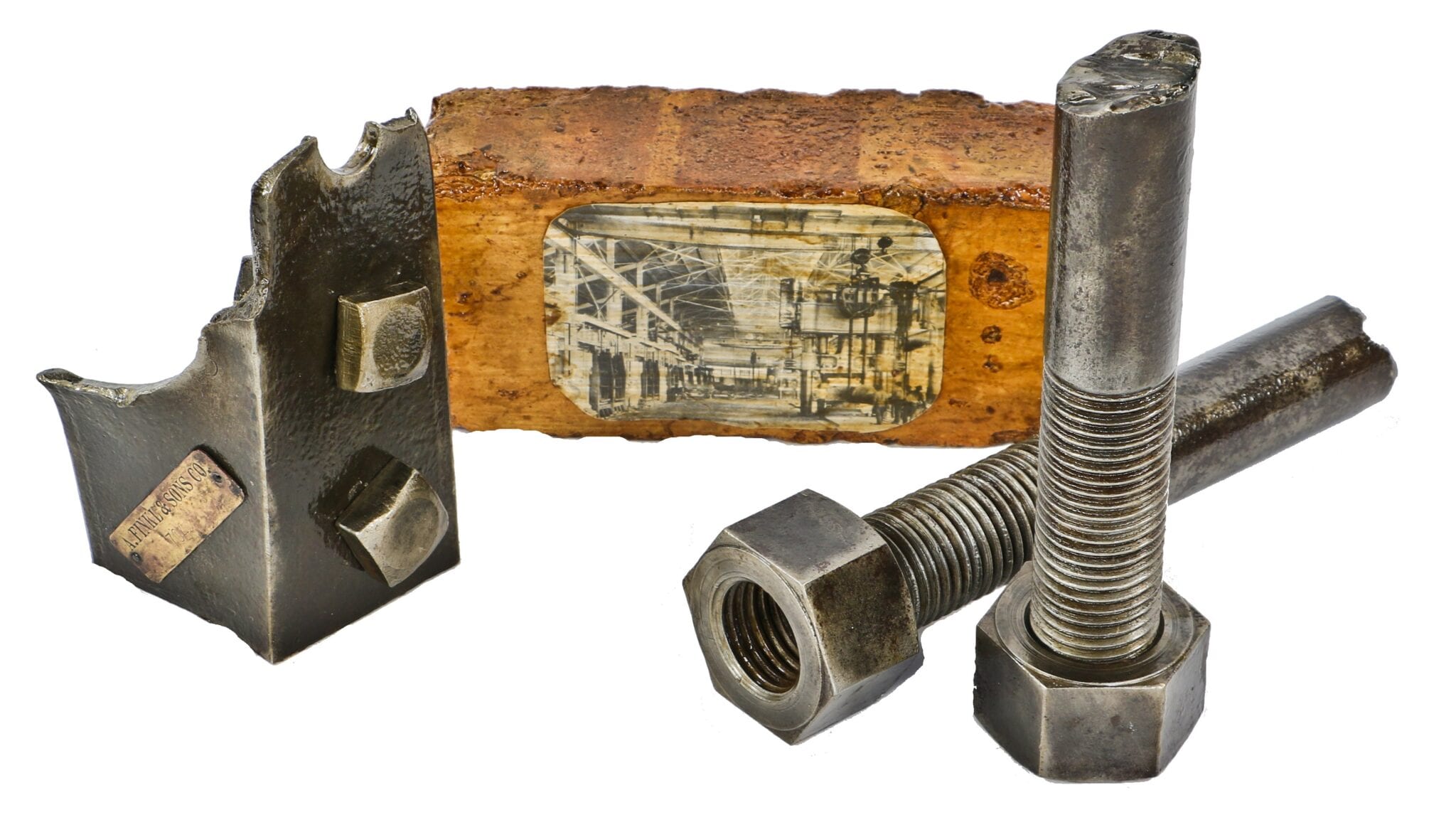
the concept is quite simple, and i've applied it to several other artifacts that in and of themselves would offer very little meaning or distinction. sure, the object can be identified as this or that, but to link a narrative (e.g., origin) to the piece and give it meaning was what i sought to accomplish. assigning meaning to some objects is more challenging than others, but eventually the right counterpart comes along to symbolically combine material and narrative. the objects i used from the finkl salvage were perhaps the most rewarding, because they are so simple - sometimes so much so that the object's function needs to be identified before it is even assigned a narrative.
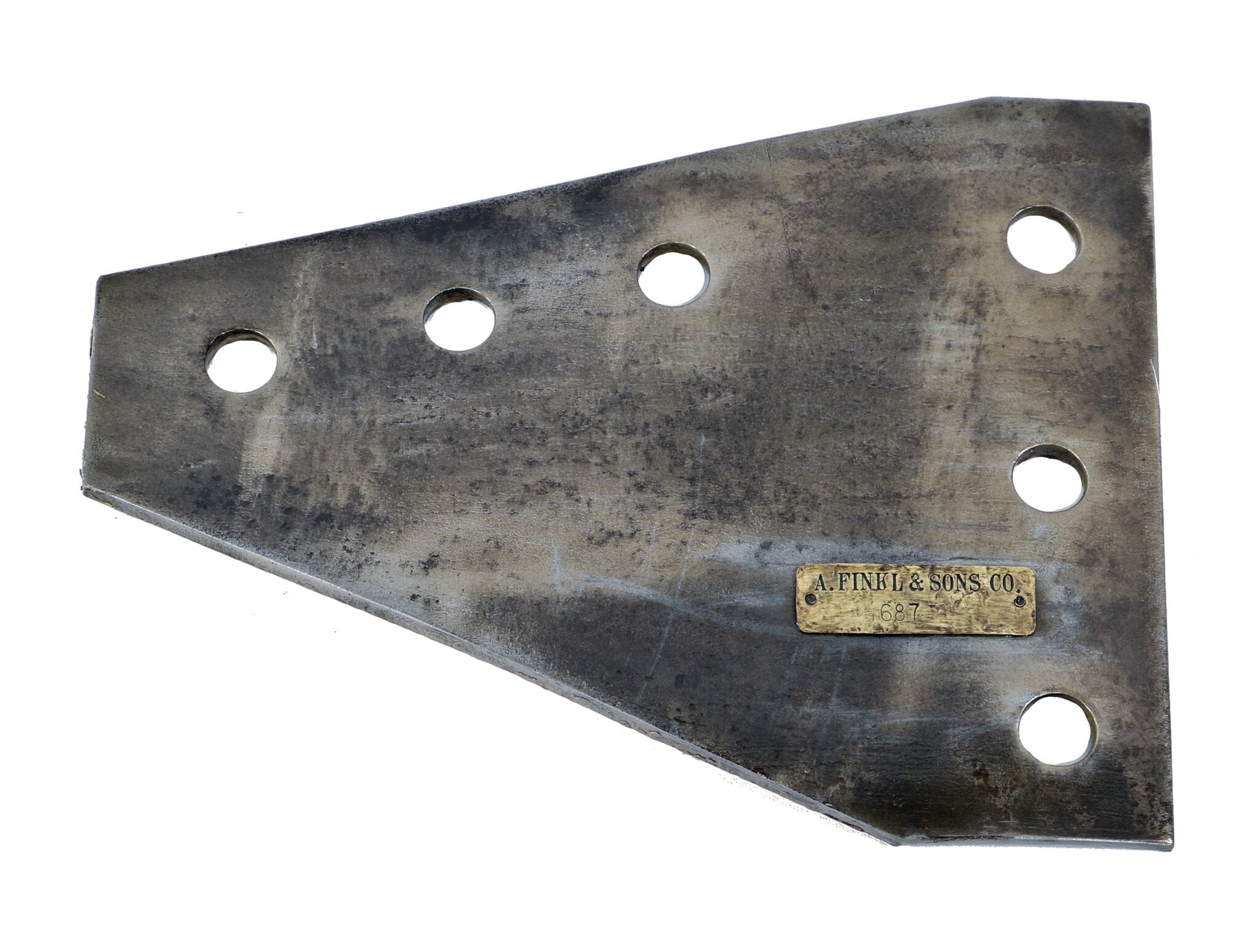
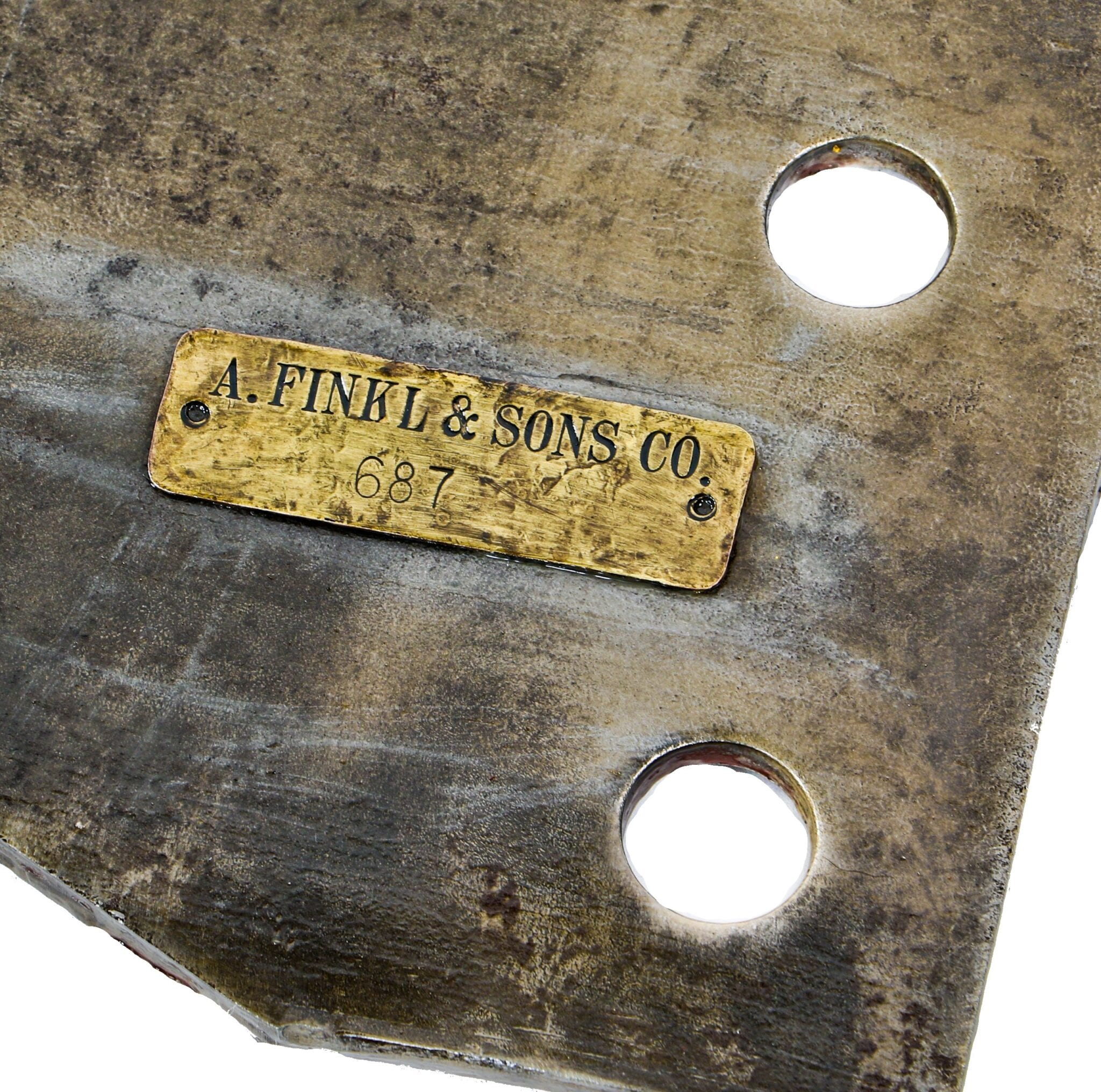
in other instances, the final product may represent only a single, but hugely important facet of the salvage as a whole or the "bigger picture." for example, in the case of a pre-fire chicago house salvaged on huron street earlier this year, i chose an object (i.e., stud section) that was an original component of the house, and also happened to be apart of a wall cavity that contained an abundance of "insulation". the wall cavity was formed by studs on the sides, a sill plate at the bottom, and sheathing and lath in the front and back. together, these formed a pocket that protected a large amount of material dating back to 1868, when the house was likely constructed. so instead of focusing on gathering articles that represented a worker's cottage that pre-dates the chicago fire, i instead created an assemblage that focuses on the discovery of the "insulation" left behind by the occupants who resided there.
i have recently become enamored with these artsy projects because it gives me the freedom to influence the interpretation of an artifact, by the various elements i assign to it. i immensely enjoy that i can transform objects that appear at face value to be rather uninteresting into things of greater significance. in most of my projects the contextual elements and surrounding narrative supersede the objects themselves. i hope to apply this technique to existing items from past salvages, as well as harvest a great deal more material from upcoming salvages.
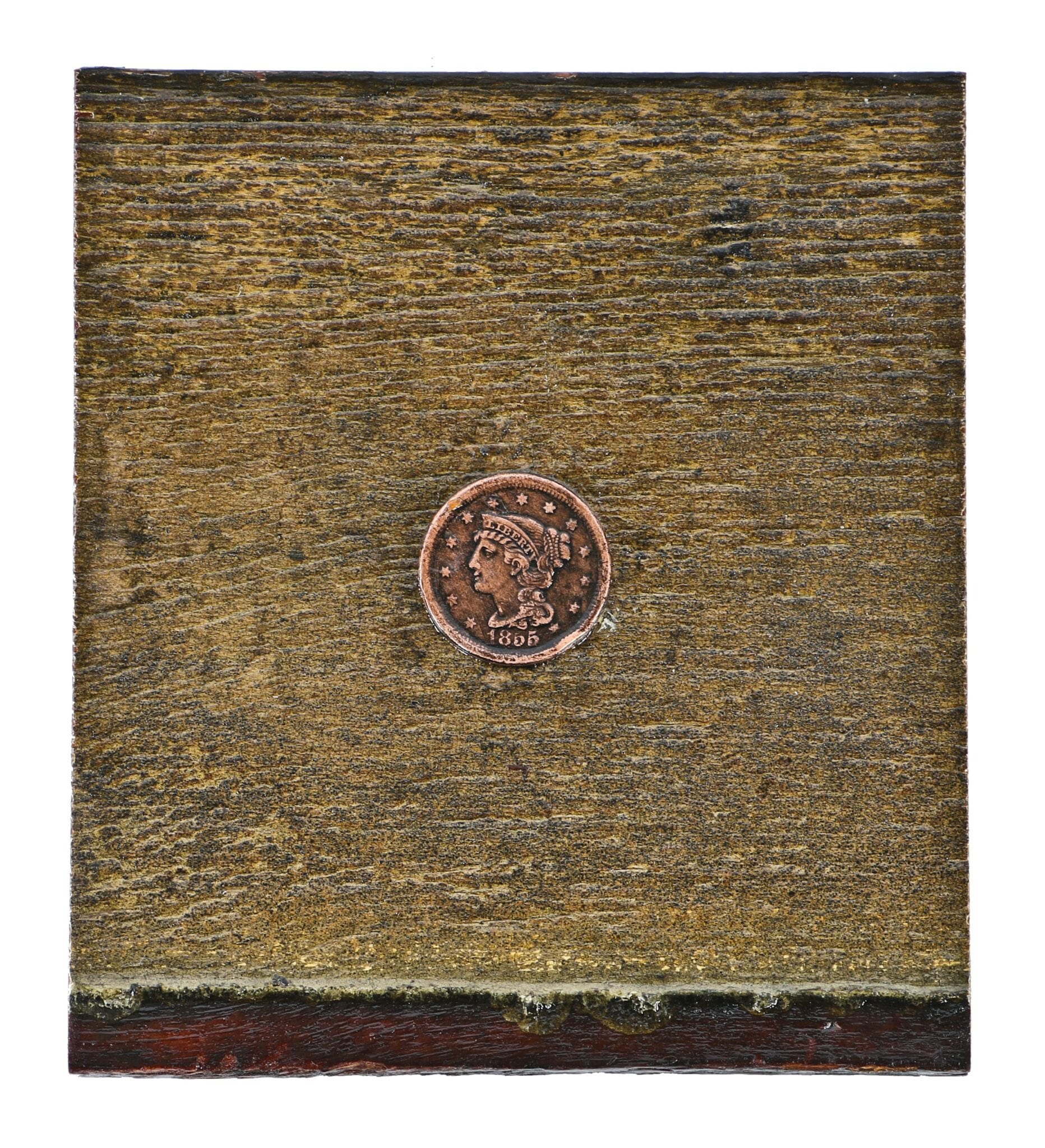
This entry was posted in , Miscellaneous, Salvages, Bldg. 51, New Products, Events & Announcements, New Acquisitions, Sales and Promotions, Featured Posts & Bldg. 51 Feed on August 22 2015 by Eric
WORDLWIDE SHIPPING
If required, please contact an Urban Remains sales associate.
NEW PRODUCTS DAILY
Check back daily as we are constantly adding new products.
PREMIUM SUPPORT
We're here to help answer any question. Contact us anytime!
SALES & PROMOTIONS
Join our newsletter to get the latest information

